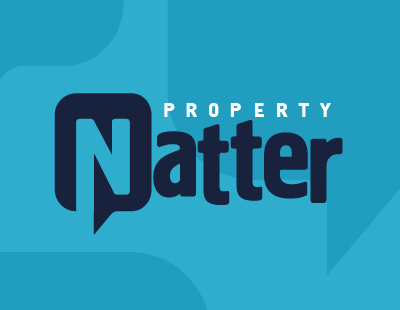But is it really a good idea?
What's the rate?
A three-year fixed-rate Springboard mortgage at 2.99%, with nothing to pay up front.
How does it work?
The no-deposit deal allows hopeful homeowners to borrow up to 5.5 times their income – if they have generous parents!
In order to get the mortgage, borrowers must get their parents or relatives to put 10% of the purchase price in a Barclays savings account. That money has to remain in the account for at least three years from the completion date of the mortgage.
The savings will be released when the three years are up with interest, on the condition that the mortgage repayments have been paid.
It’s not so different therefore to getting a 90% LTV mortgage, and borrowing the 10% from your parents.
How much can you borrow?
The amount you can borrow depends on a number of things. First of all, there’s a cap on your income multiple, which will likely be five times your salary.
Barclays Premier customers can borrow a little bit more – up to 5.5 times their income.
The amount you can borrow is also dependent on affordability. Borrowers will have to undergo rigorous testing to prove they have enough income to cover mortgage costs plus other monthly expenses – so not everyone will qualify for the loan.
The maximum amount you can borrow is £500,000.
What rate could borrowers end up paying?
If you opt for the Barclays 100% mortgage, as I mentioned earlier, you’ll pay a fixed rate of 2.99% for the first three years.
After the three years you will then pay the Barclays Bank Rate as well as 2.49 percentage points.
Currently, the Barclays Bank Rate is 0.5%, which would leave you with a rate of 2.99%.
Though that rate is the same today, it could change at any time, so there is always that risk that it will shoot up after the three years.
What are the negatives?
Some industry experts have slammed the mortgage – saying it will ‘help people buy property they can’t afford.’
In many ways they are right. Borrowing the value of your property is a risk.
A buyer's property may decline in value after the three years, which would leave them trapped in negative equity, (where a mortgage is larger than the value of a property).
They may even lose their job or have to sell their home – which would leave them unable to finance mortgage payments and in big trouble.
Anyone stuck with negative equity will find it extremely hard to get a new mortgage deal, so they’ll likely be forced to stay with their current provider at whatever rate they’re charging.
But the risk is slightly softened in this case as it is really only a 90% LTV loan, meaning that the risk of another sub-prime crash is reduced significantly as there is liquidity available.
Whether people agree with the mortgage or not, it will enable a large number of people to become homeowners, particularly young first-time buyers, which is great for the property market – and great for estate agents who carry entry level properties up to £500,000.
Most importantly, for many aspiring homeowners a home is a place to live rather than an appreciating asset, and when you think about it like that, a 100% mortgage can only be a good thing.
*Robert Nichols is Managing Director of London Estate Agents Portico











.png)


.png)



Join the conversation
Be the first to comment (please use the comment box below)
Please login to comment